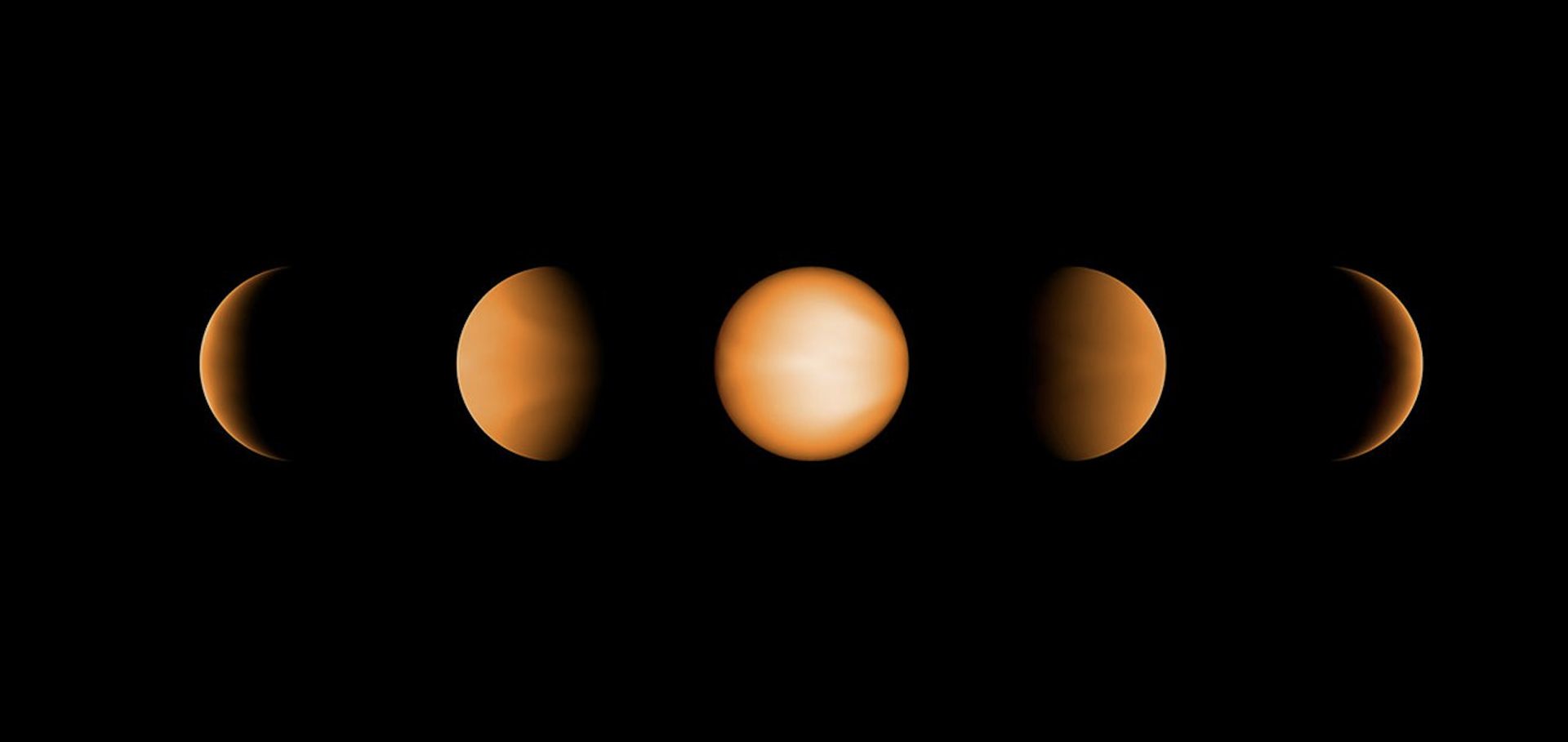2.5-D retrieval of atmospheric properties from exoplanet phase curves:
Application to WASP-43b observations
Authors:
PATRICK Irwin, V Parmentier, J Taylor, J Barstow, S Aigrain, GRAHAM Lee, R Garland
Abstract:
We present a novel retrieval technique that attempts to model phase curve observations of exoplanets more realistically and reliably, which we call the 2.5-dimension (2.5-D) approach. In our 2.5-D approach we retrieve the vertical temperature profile and mean gaseous abundance of a planet at all longitudes and latitudes \textbf{simultaneously}, assuming that the temperature or composition, $x$, at a particular longitude and latitude $(\Lambda,\Phi)$ is given by $x(\Lambda,\Phi) = \bar{x} + (x(\Lambda,0) - \bar{x})\cos^n\Phi$, where $\bar{x}$ is the mean of the morning and evening terminator values of $x(\Lambda,0)$, and $n$ is an assumed coefficient. We compare our new 2.5-D scheme with the more traditional 1-D approach, which assumes the same temperature profile and gaseous abundances at all points on the visible disc of a planet for each individual phase observation, using a set of synthetic phase curves generated from a GCM-based simulation. We find that our 2.5-D model fits these data more realistically than the 1-D approach, confining the hotter regions of the planet more closely to the dayside. We then apply both models to the WASP-43b phase curve observations of HST/WFC3 and Spitzer/IRAC (Stevenson et al., 2017). We find that the dayside of WASP-43b is apparently much hotter than the nightside and show that this could be explained by the presence of a thick cloud on the nightside with a cloud top at pressure $< 0.2$ bar. We further show that while the mole fraction of water vapour is reasonably well constrained to $(1-10)\times10^{-4}$, the abundance of CO is very difficult to constrain with these data since it is degenerate with temperature.


